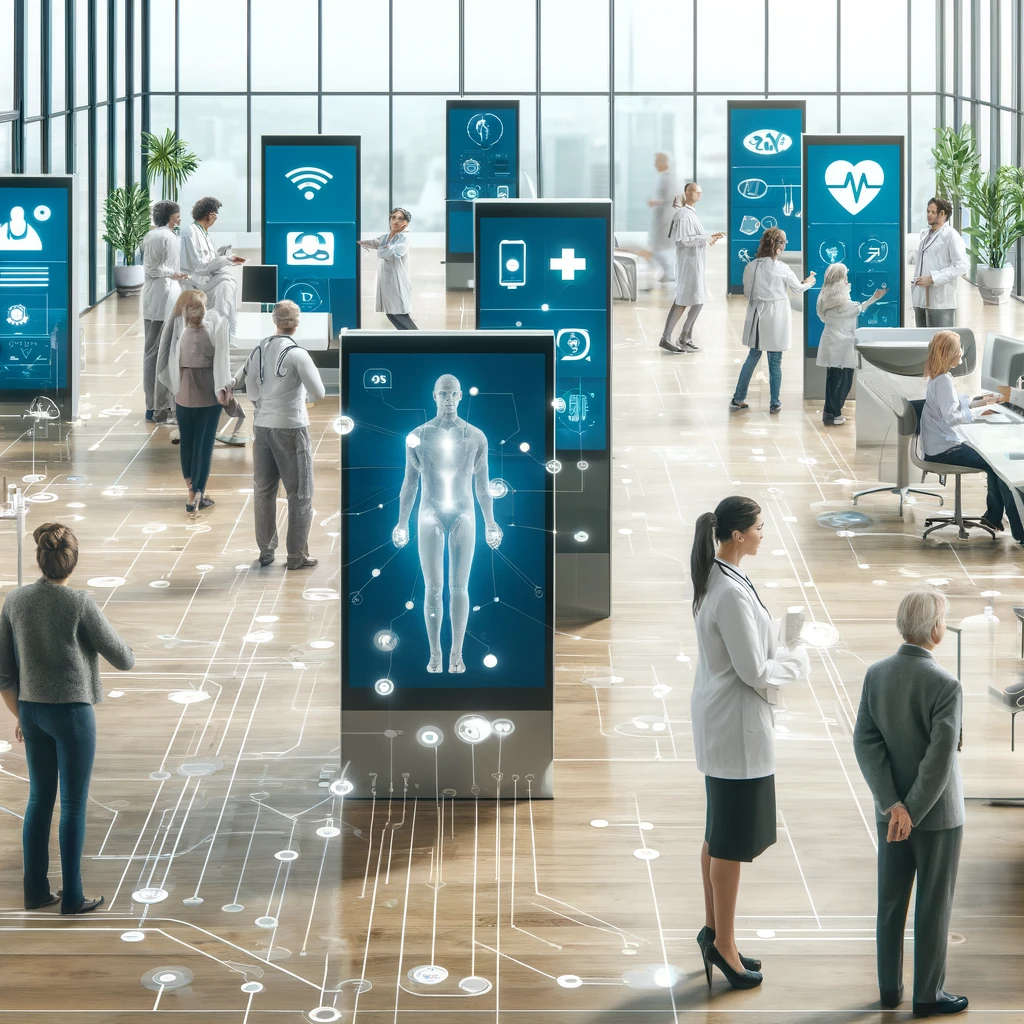Uniting data can mitigate healthcare’s complexity to enhance patient journeys
Patients are asking for a simplified way to ensure their data is routed as needed, eliminating data and tech silos to unify their experiences.

Healthcare is complex. Patients often have difficulty understanding their insurance plans, comparing prices for healthcare services, finding the best providers or asking questions of their current providers.
Many also find their healthcare billing statements confusing or difficult to pay. And as more communication and payment technologies arise, patients are adopting them and expect their providers to do the same. They also want to self-serve when it’s most convenient for them, not for your customer service department.
Most of all, patients want engagement with their providers to be as smooth, intuitive and flexible as their retail experiences. But data and technology silos often make it difficult, if not impossible, for healthcare organizations to offer the seamless customer experience patients crave.
When patient data is trapped in silos, either within the healthcare organization or its vendor partners, there are serious business consequences. Reduced visibility, access and inconsistent data leads to inefficient workflows and processes, compromised business decisions and hindered innovation. All of this can drive costs even higher, not to mention the negative impact on patient satisfaction and staff morale.
How can IT respond to these challenges and provide solutions that resonate with patients and support a strong bottom line?
Eliminating silos that isolate important patient data is one of the best ways to begin making the entire healthcare experience — before they become a patient, throughout their healthcare engagement and during subsequent billing, accounts receivable and the reconciliation process — on a par with patient expectations, and efficient and effective for healthcare organizations, too.
Modern consumers want to self-serve as much as possible. Their journey across multiple touchpoints must be seamless and connected. This facilitates self-service and makes it easier to ask questions, make appointments, make payments and provide feedback. A connected consumer experience also helps businesses increase revenue through increased customer loyalty.
Multiple silos spur numerous headaches
Patients today often are forced to engage with multiple systems to perform various functions, including shopping for healthcare prices, sending messages, registering for appointments, providing registration information, interacting with provider intake staff, providing consent, receiving statements, making payments, choosing payment plans and nteracting with call center staff.
When each of these interactions are isolated (data) experiences, patients are forced to provide the same information again and again. Not surprisingly, these obstacles cause patient frustration. Factor in communication vehicles that don’t align with patient preferences (text, email, online portal and other channels) and you have a perfect recipe for patient dissatisfaction or worse.
In a recent national survey, patients said they expect their preferences to be followed, with 87 percent saying it’s at least “somewhat important” that their providers use their preferred communication channels, and more than half saying it is “very important.”
What’s the connection between data silos and patient communication preferences? Consider a healthcare provider using several different vendors with patient texting capabilities. Texts from various vendors will come from different phone numbers, none of which a patient recognizes. Worse, actionable data — such as which patients prefer text vs. email — is not able to be shared among important patient engagement touchpoints, such as billing and appointment reminders. This risks alienating patients, wasting resources and possibly losing patients who give up in frustration and leave to find a new provider.
The good news is that it doesn’t have to be this way. IT and revenue cycle managers can lead the change by identifying obstacles that prevent personalization and the primary silos — departmental or technology — that keep patient information trapped. Then the process of connecting data can begin.
Applications that are built to be open can integrate seamlessly, with patient information shared in real-time. Everything from onboarding solutions, billing statements, digital engagement, EHRs, call center systems, patient portals, payment devices and back-end support systems can work together, even if they originate with different vendor partners — assuming they are built with integration in mind. Purpose-built open solutions make it easy for IT teams to “plug and play” to meet all patient needs and system requirements.
In a perfect world, all solutions would be developed and implemented by a single vendor partner for seamless integration. But we know the world is not perfect, and end-to-end engagement rarely is possible. That’s why vendors must take responsibility for creating solutions that are easy to integrate with other systems and products. Healthcare business leaders can spur this by making interoperability a key purchasing criteria.
The bottom line
Modern consumers want to self-serve using the technology they prefer as much as possible. Their journey across multiple touchpoints must be seamless and connected. This facilitates self-service and makes it easier to compare prices, ask questions, make appointments and make payments.
A connected consumer experience also helps businesses increase revenue through increased customer loyalty and payments. Eliminating data and technology silos can facilitate this.
A quick guide to gauge that providers are offering a unified patient experience happens when patients:
Casey Williams is senior vice president of engagement and payment applications for RevSpring